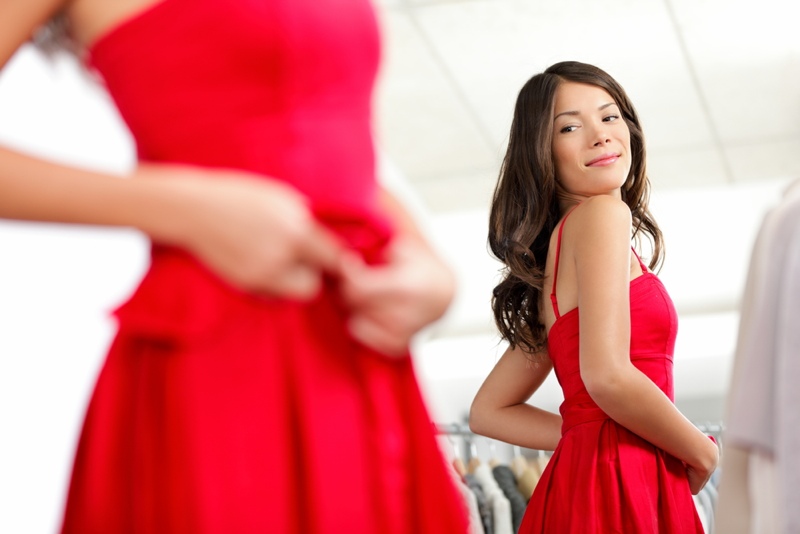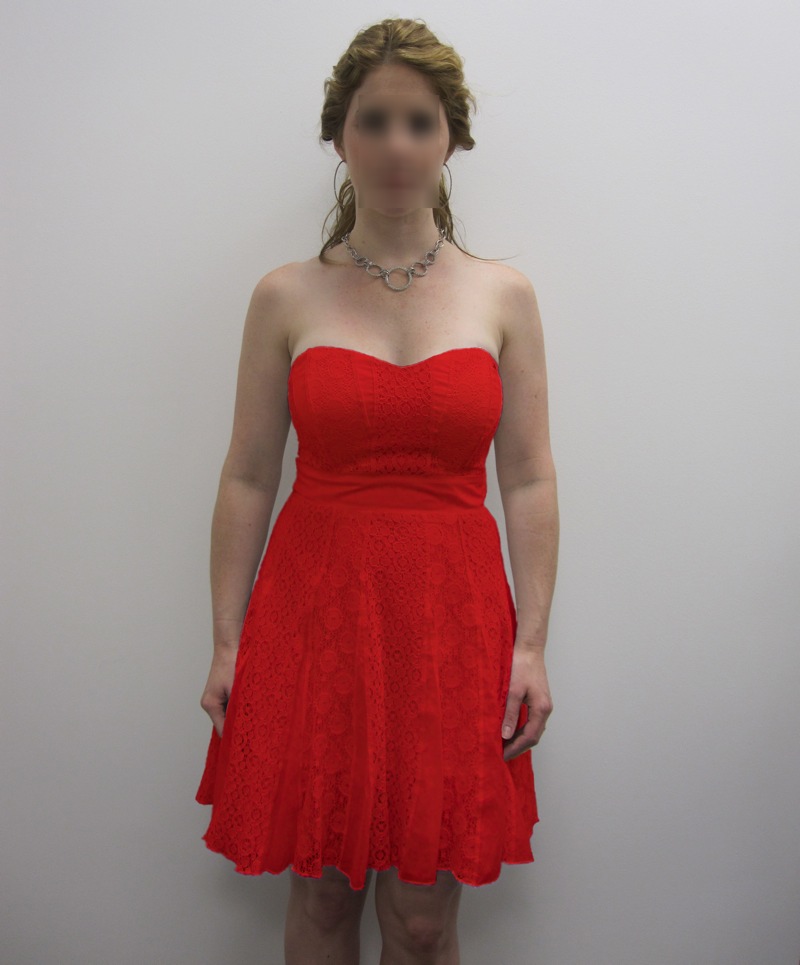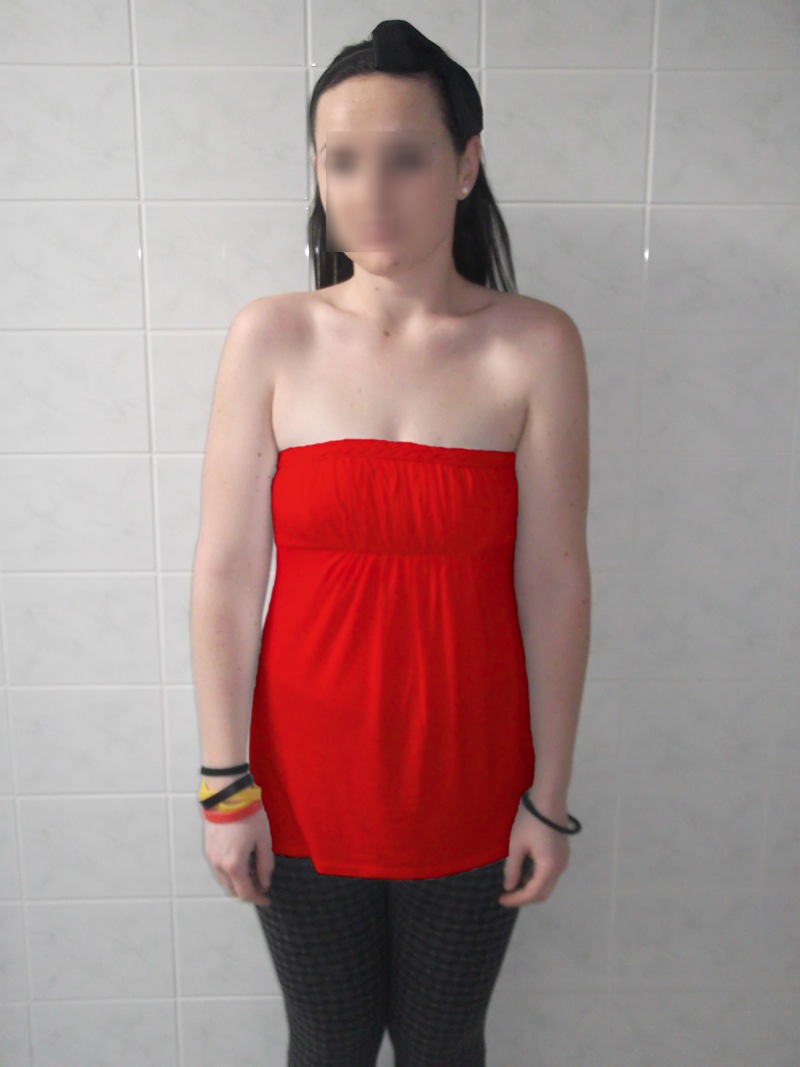That Woman in Red May Spur Female Jealousy

That red dress may be more than a fashion choice. New research suggests that when women see a lady in red, they become more protective of their boyfriends.
It sounds a bit like a bad romantic comedy plot point, but color really can influence people's emotions and behavior, said study researcher Adam Pazda, a graduate student in psychology at the University of Rochester.
"You see that there is a huge reluctance to introduce or let a boyfriend spend time alone [with a woman in red]," Pazda told Live Science. "Essentially, you see this defensive behavior intention, like, 'I don't want my boyfriend anywhere near this girl.'" [How 8 Colors Got Their Symbolic Meanings]
Wearing red
Red is inextricably linked with romance and sex in Western culture — think of Valentine's Day hearts, red lipstick and even red-light districts. Psychologists have found, in multiple studies, that whatever a woman's intentions when she dons a red outfit, men respond.
Men "find women in red more attractive, they want to spend more money on dates with women wearing red, waitresses wearing red get more tips," Pazda said. A 2010 study in the Journal of Experimental Psychology also revealed that women found guys wearing redmore appealing than men in other colors.
Pazda and his colleagues were interested in understanding how women might respond to a lady in red, given that most previous research focused on men. So the researchers set up three simple experiments.
Sign up for the Live Science daily newsletter now
Get the world’s most fascinating discoveries delivered straight to your inbox.

In the first, 196 women recruited online were shown a picture. Both were of a young, moderately attractive woman wearing a dress. In one image, seen by half the participants, the dress was white. In the other, seen by the other half, it was red. [Your Color Red Really Could Be My Blue]
The researchers asked the participants to rank how interested in sex the woman in the picture was, on a scale of 1 to 100 (greatest interest). They found that when the woman was wearing red, her fellow women ranked her as more interested in sex— 49.26 versus 41.06 in the white dress.
A second study used the same photos, but this time half of the female participants were asked to imagine they were competing for a man with the woman in the photo. A total of 327 women participated. Again, the woman in red was seen as more interested in sex (by 46.02 on the 100-point scale compared with 38.23 for the woman in white). And women were more likely to say that the woman in red would be more likely to cheat on her boyfriend, compared with the woman in white. This effect did not extend to general negative judgments about the woman — for example, color did not influence participants' chances of believing the women to be poor.
Color of jealousy
The researchers contrasted the red dress with white because they worried that another color would show up skewed on people's computer monitors, Pazda said. In the third study, women saw the photographs in person, so the researchers changed the alternate color to green — a color that, unlike white, has no links to virginity or purity.
This time, 143 Slovakian women, all university students who were in heterosexual relationships, looked at photographs of the same woman wearing either a red or green shirt; participants indicated how interested in sex they thought the photographed woman was, how willing they would be to introduce their boyfriend to her, and how comfortable they'd feel if their boyfriend spent time alone with her, all on a scale of 1 to 9.

Despite the switch from white to green, participants still saw red as provocative. The woman in red was rated as more interested in sex (4.11 out of 9) than the woman in green (3.4 out of 9). And women were less likely to want the red-clad woman around their boyfriends.
Padza cautioned that the results are based on what people say, not what they actually do.
"I really can't stress enough the point that I wouldn't say that this applies to every single woman all the time," he said. "The results in our study are just average tendencies. It's certainly not the case that anytime a woman wears red, she is going to be isolated or excluded by other women."
It's not clear what red would mean outside of the romantic context, either, Padza said. A red work blouse might have a very different context than a slinky vermillion club dress.
"The next step is to get women into the same room where one is wearing red and one is not, and see if there is face-to-face derogation," he said. "Extending it beyond intentions to actual behavior would definitely be a first step."
The findings are detailed today (July 11) in the journal Personality and Social Psychology Bulletin.
Follow Stephanie Pappas on Twitter and Google+. Follow us @livescience, Facebook & Google+. Original article on Live Science.

Stephanie Pappas is a contributing writer for Live Science, covering topics ranging from geoscience to archaeology to the human brain and behavior. She was previously a senior writer for Live Science but is now a freelancer based in Denver, Colorado, and regularly contributes to Scientific American and The Monitor, the monthly magazine of the American Psychological Association. Stephanie received a bachelor's degree in psychology from the University of South Carolina and a graduate certificate in science communication from the University of California, Santa Cruz.










